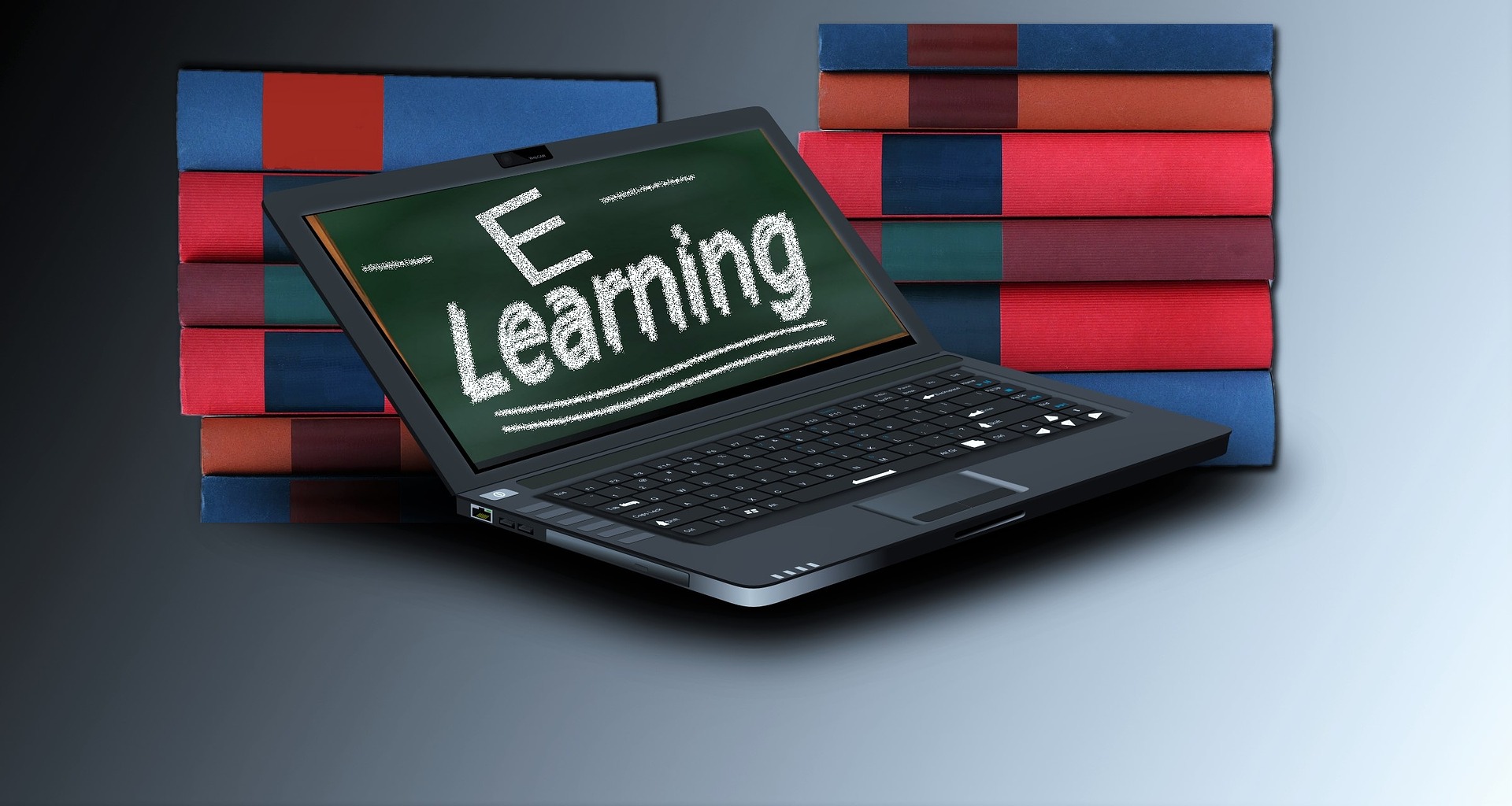A close look at history reveals that for centuries the format of lecture delivery has remained consistent. In the Middle Ages a lecturer usually read from notes while students listened attentively, took notes and tried to retain the content and later disseminate the notes. Fast-forward to the twentieth century; in the 1970’s with the discovery of slide films and overhead projectors, lecturers’ projected handwritten notes and drawings on slides to supplement their talks. In 1990 the birth of PowerPoint allowed educators to create slide shows. In all these scenarios, the delivery of the content and receipt of the information happened at the same time. This mode of delivery of content is called synchronous learning. In today’s E-learning era, synchronous learning morphed into on-line chats and video conferencing. An additional huge step forward was the birth of online learning management systems that allowed larger PowerPoint decks to be offered online. In these scenarios the content delivery and receipt of the information did not happen synchronously. The learners were responsible for pacing their own learning, a method of content delivery called asynchronous learning.
Asynchronous learning revolutionized the world of education, by introducing Massive Open Online Courses (MOOCs). In recent years the development of online course modules has been supported by a variety of E-learning software which allows instructors to create rich media in form of text plus images, animations, audio and video to improve learner engagement and at the same time allow the learners to track learning by embedded quizzes in the modules. Educators have started to experiment with these software to deliver online content using both active and interactive formats.
When I began teaching a decade ago, PowerPoint lectures were the norm. Now, lectures are often recorded and live video streamed using lecture-capture technologies, being available to learners anytime, anyplace, on any device connected to Internet. This perceived ‘ubiquitous availability of relevant learning content’ by learners is often reflected in the form of reduced classroom attendance. This strikingly different approach to learning encouraged me to think about the needs, interests and backgrounds of my millennial learners. Millennial learners seek instruction that is technology enhanced and relevant to their careers. In an attempt to fill in this intergenerational gap and adapt my teaching style to more closely optimize learning of my millennial learners, I spent the last few years experimenting with screen recording software that can be embedded in a PowerPoint presentation to record short case-based videos.
Why case-based video? I recognized that millennial learners already use many online learning resources to supplement their in-class instruction. Thus, I decided to create a video module that would be uniquely tailored to the course curriculum. I recognized osteology as an area in the anatomy curriculum that needed supplementary learning resources, and I chose osteology of the spine as the first topic. The next step was to determine previously existing internet resources. My search revealed many online video resources; the majority focused on minutiae, such as detailed explanations of different parts of the vertebrae. After speaking with my students, I determined that they found this content presentation very theoretical. I then decided to provide context to their learning by developing a case on kyphosis. This case-based video recording consisted of learning objectives, reflective questions, a case, normal anatomy of spine, abnormal anatomy of spine, disease process, diagnosis, treatment and a quiz. Below, I share the learning theories I employed, the preparatory steps completed, and potential challenges in the process of creating a video.
What are the relevant learning theories? The learning theories applied to case based learning (CBL) derive mainly from adult learning and inquiry-based learning approaches. CBL enabled students to see the direct relevance of the case in their clinics. The logical direction of the case information provided a learning goal linked to clinical practice. These purposes for learning highly motivated students, which likely helps them retain more information. The case-based video intermittently presented reflective questions and a quiz at the end to ensure interactivity and deep learning.
What are important steps in planning the video? The first step is willingness to accept that becoming accustomed to screen recording software requires patience and time. My initial learning experience was bumpy and required repeated attempts to record until a quality outcome was delivered! Soon, I realized that the best way to learn is “by doing” and I had to keep trying to improve! The next step in the planning process is to organize the content of the topic. I used a storyboard and also prepared a concise script before recording. The script should be written and recorded in a conversational and enthusiastic style. I also added a quiz at the end of the module to help students assess learning. The last step was post-production of the video. This step was completed by an instructional designer at the institution. The instructional designer added engaging elements in form of annotations, highlights, and arrows to engage the learners. Introducing these engaging elements in the video is not an absolute necessity, however, it adds value to the content presentation and improves learner engagement. In a nutshell, tons of patience and perseverance with a one-time investment of resources will help result in a quality learning resource!
What potential challenges might arise? Creating video modules may also present challenges. In most cases these issues can be addressed as follows. First, there may be fear and lack of confidence about learning the software. To address this issue, it is important to understand that fear is a psychological emotion and represents natural human reaction to learning something totally new (e.g. fear to jump into water when learning to swim for the first time!). However, conditioned and motivated practice will help to overcome the emotional barrier around fear. Secondly, some practical points need to considered when it comes to willingness to adapt technology by instructors, such as availability of time and resources such as recording software and a quiet space to record, and potentially the support of an instructional designer.
In summary, good teaching cannot be replaced by technology, but rather enhanced by it. Many of today’s students utilize free web-based resources, embedded videos and graphical representations with an aesthetically appealing content. While teaching content remains relatively stable, how we organize, present or disseminate content continuously evolves. Adopting sound pedagogy and appropriate technology can make learning relevant and meaningful for today’s millennial learners.
Did you know that the Harvard Macy Institute Community Blog has had more than 165 posts? Previous blog posts have explored topics including technology in education, team science, and the power of interprofessional education.
Priti L Mishall

Priti L. Mishall, MD, MBBS, PGCertME (2.0, ’17) is a medical educator with expertise in human anatomy, embryology, histology and neuroanatomy. She is an Associate Professor in the Departments of Pathology and Ophthalmology and Visual Sciences at the Albert Einstein College of Medicine. She co-directs the Anatomy Course for the MD program and directs Anatomy course for the MSTP program. Priti’s areas of professional interest include flipped classrooms, blended and online learning, curriculum development, and anatomical variations. Priti can be followed on Twitter and LinkedIn or contacted via email

